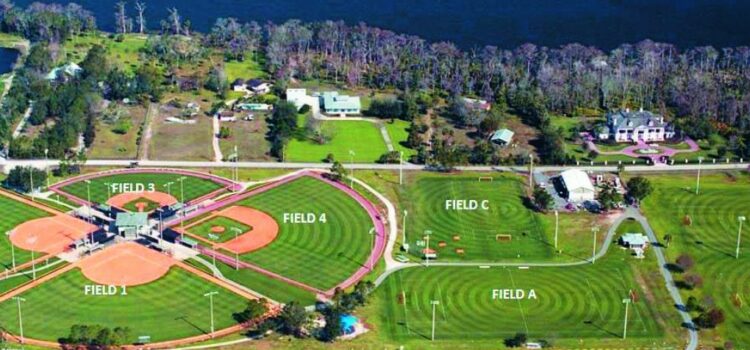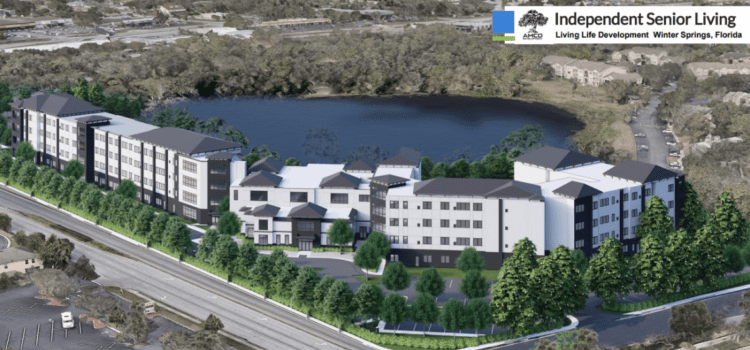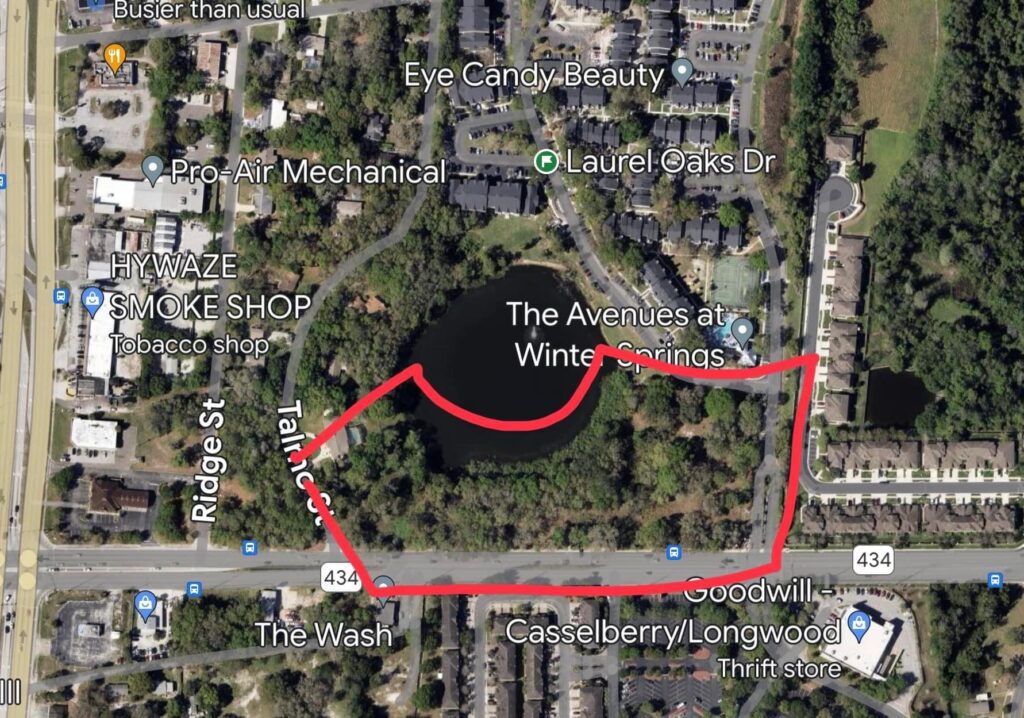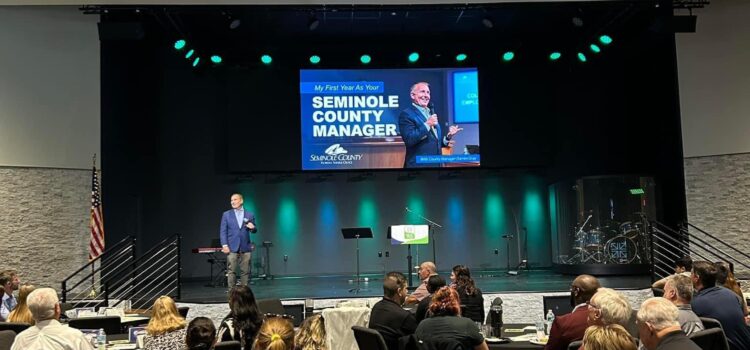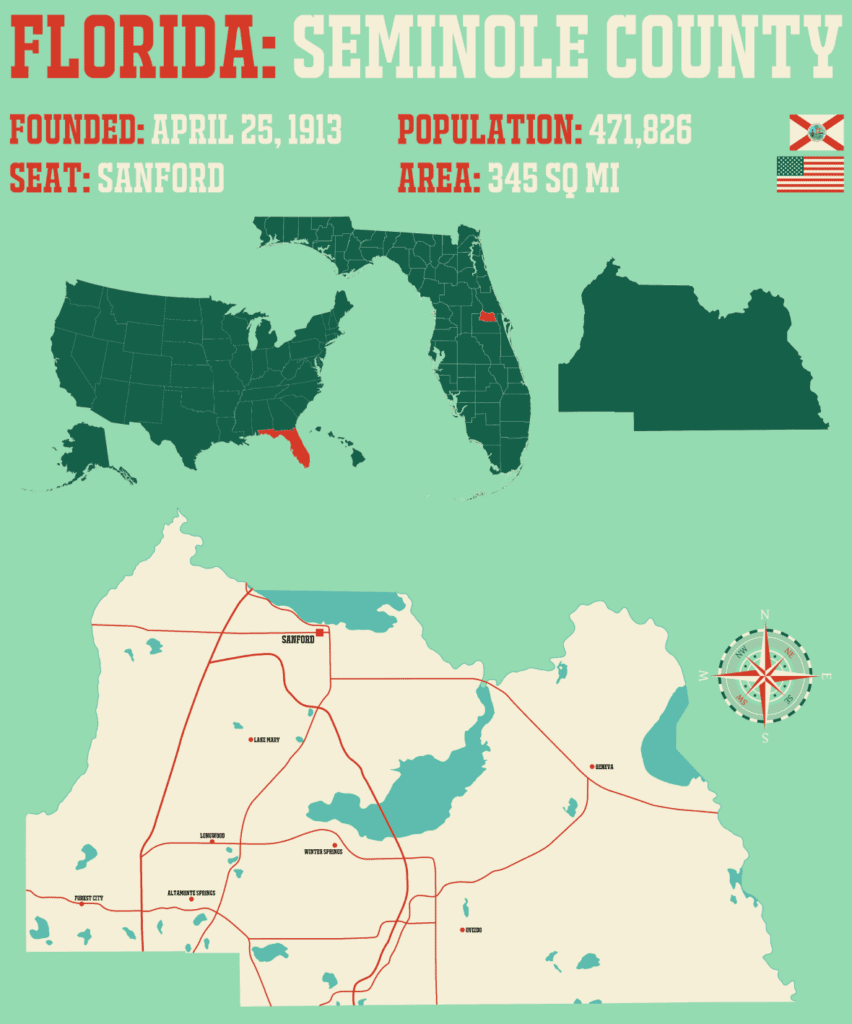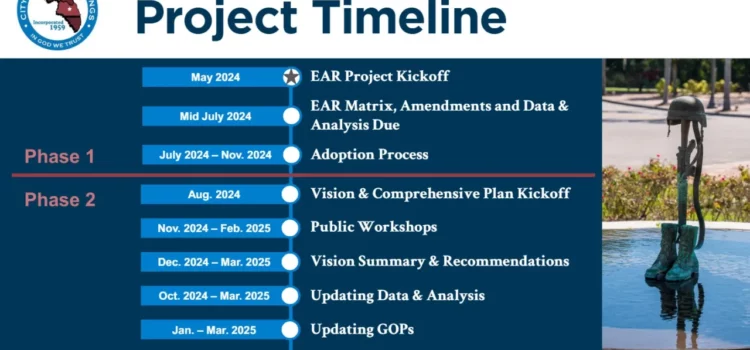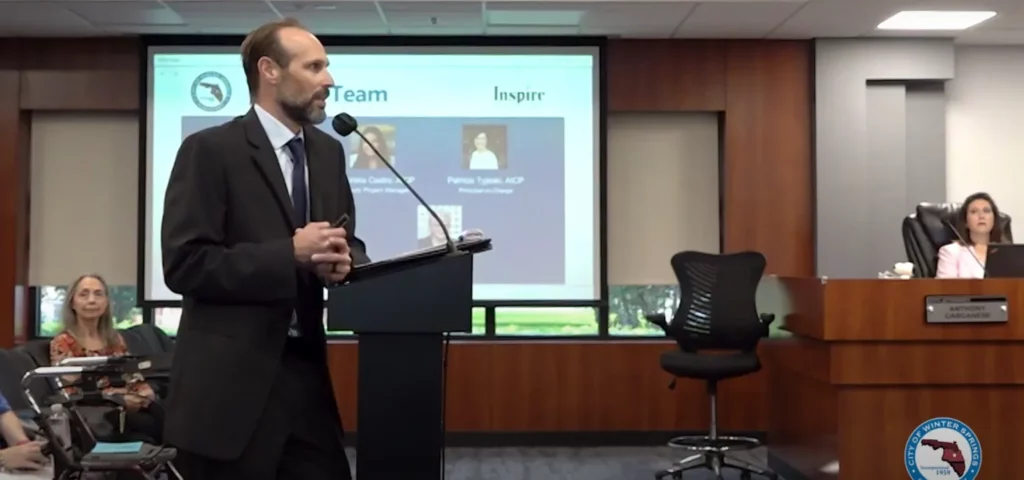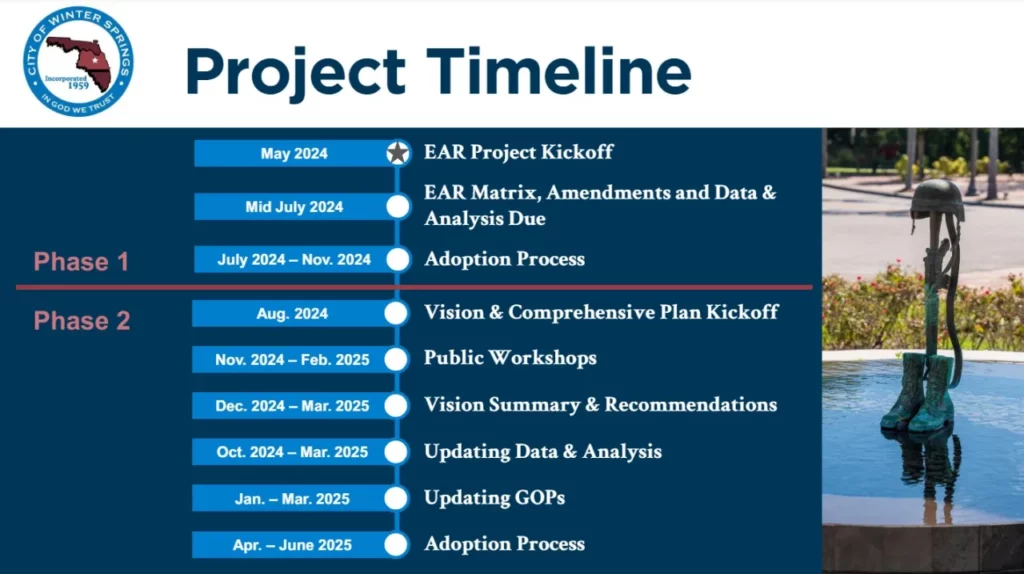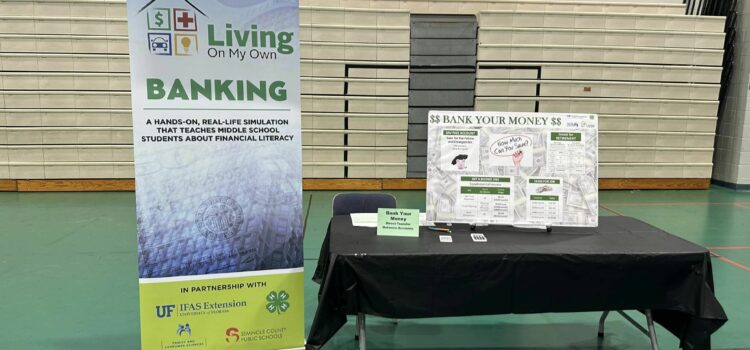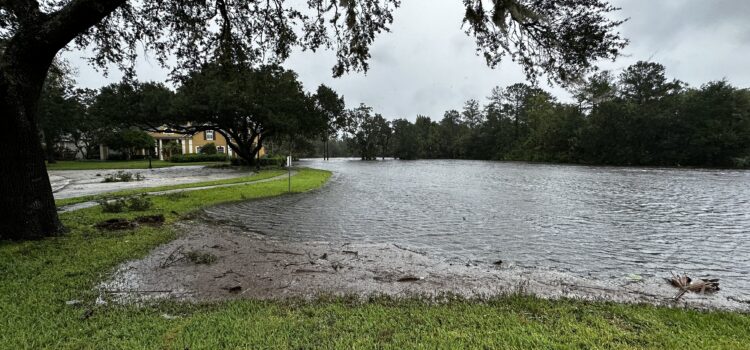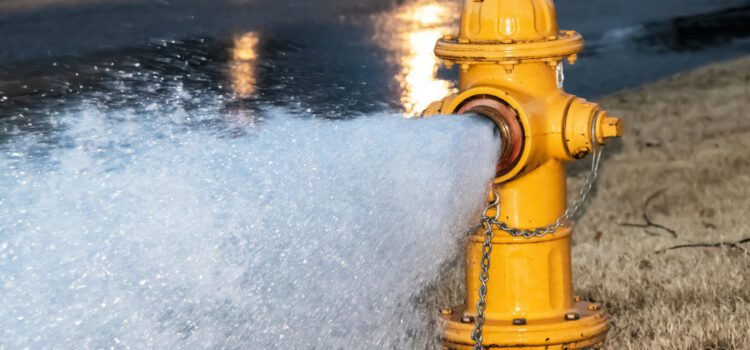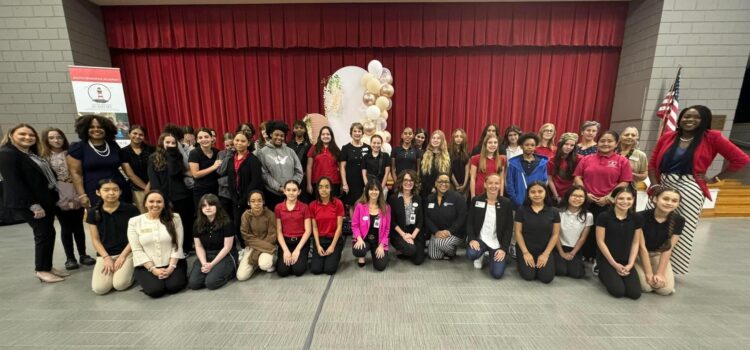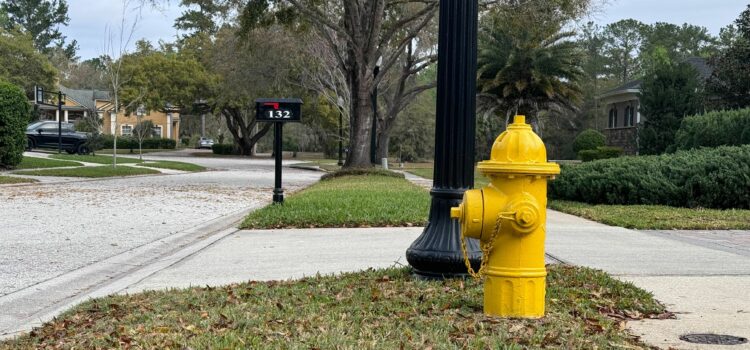Brightening Our Ballfields: Central Winds Park’s LED Lighting Upgrade
As your City Commissioner and a parent, I spend many evenings at Central Winds Park watching our kids play softball and baseball, including my own daughter. I’ve noticed a significant issue that needed addressing—the old, buzzing lights. Not only do they make it hard to enjoy the games, but they are also inefficient and costly to maintain.
Concerned about the quality of our community’s sports facilities, I inquired about the possibility of upgrading our lighting system. The initial estimates were daunting, running into millions, which seemed like an insurmountable hurdle. However, determined to find a solution, I raised this issue during a city commission meeting.
Collaborative Solution
Our proactive city staff then approached Duke Energy, which led to a groundbreaking proposal: upgrading our park’s lighting with state-of-the-art LED technology. This partnership would allow for us to pay for the lights over the next 20 years, making this upgrade financially feasible and sustainable.
Why LED Lights?
Switching to LED lights means more than just saving on energy costs; it means providing a better, safer environment for our children to play in and our community to gather in. These new lights are brighter, more energy-efficient, and don’t make any noise—a win for everyone!
Looking Ahead
The installation of these lights marks a significant improvement in our community facilities. Not only will this enhance the experience for all players and spectators, but it will also allow us to host more evening games and potentially attract larger sports events to Winter Springs.
I’m thrilled to see this project come to fruition—a testament to what we can achieve when we work together! Thank you to everyone involved, from city staff to Duke Energy, for helping turn a community concern into a success story.
Stay tuned for more updates as we continue to light up our community at Central Winds Park!
